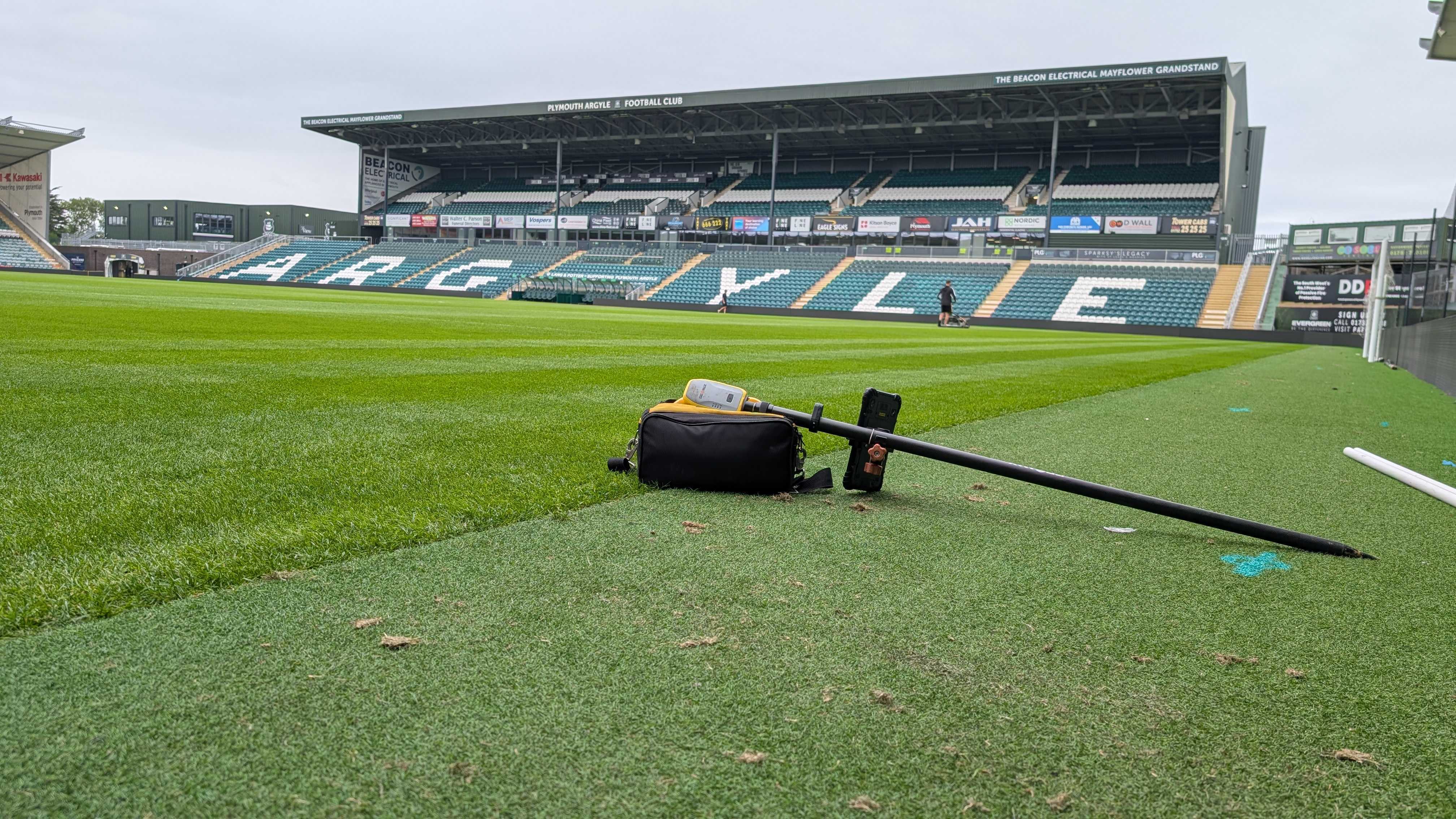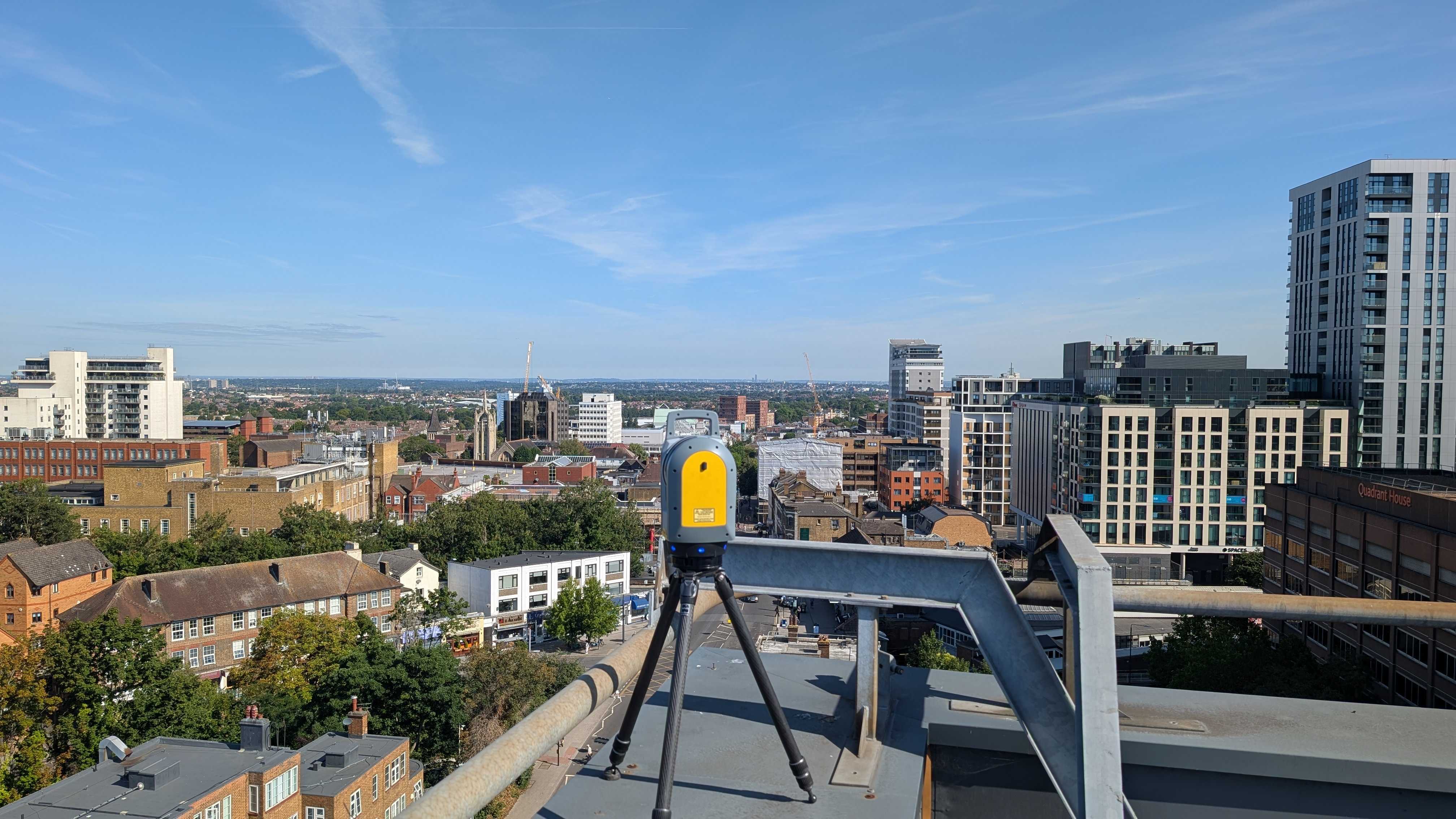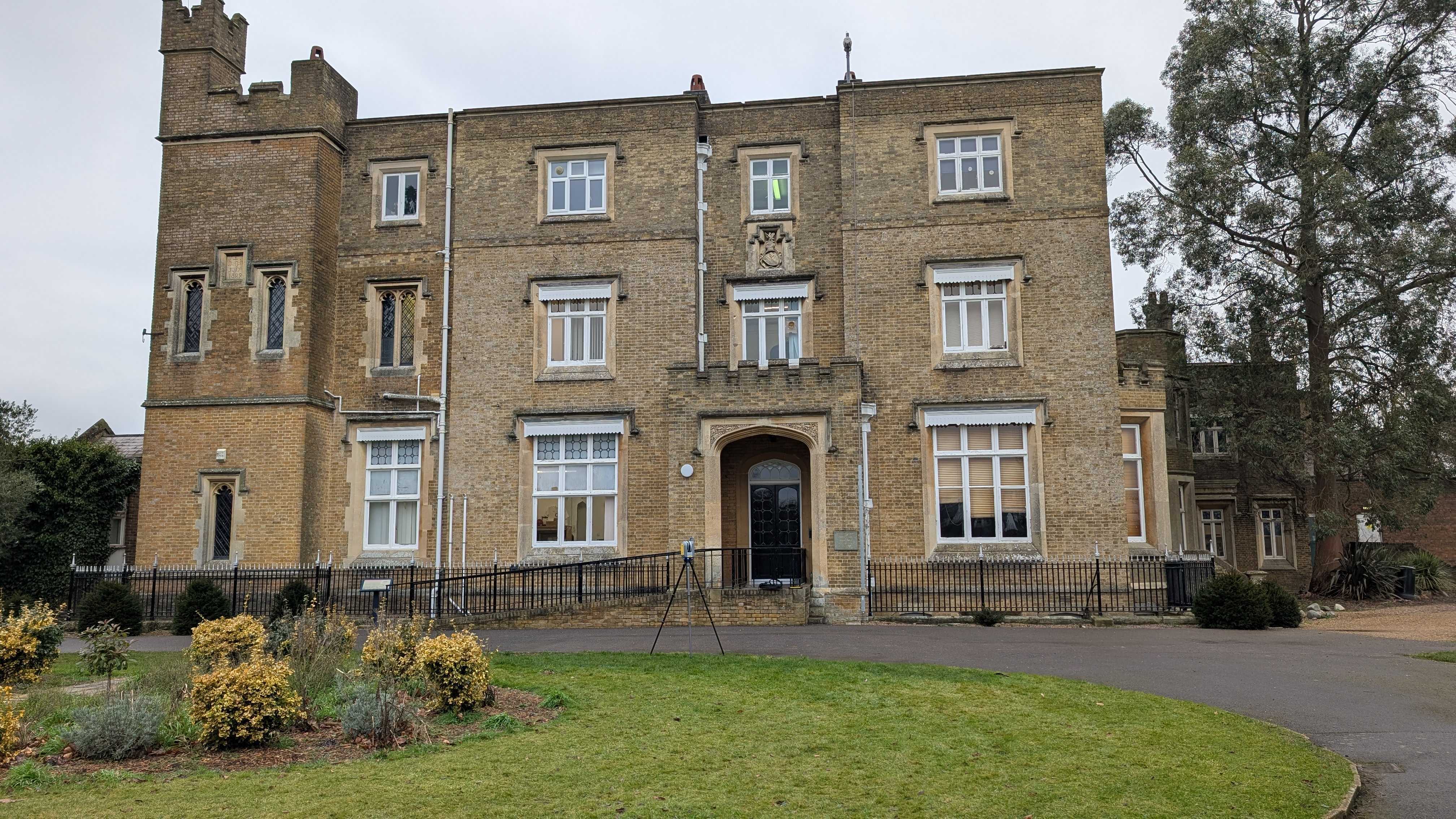Not all monitoring systems are the same — and choosing the wrong one can cost more than just money. Whether you’re overseeing a high-rise development, infrastructure upgrade, or demolition site, the effectiveness of your structural or environmental monitoring comes down to one crucial decision: selecting the right system.
With so many options on the market — from manual data collection to fully automated, real-time solutions — it can be difficult to know which setup truly fits your project’s needs. Accuracy, scalability, reporting, and budget all play a part, and cutting corners in any area can lead to gaps in data, compliance risks, or delayed responses to serious issues.
This guide provides a practical checklist of what to consider before installing a monitoring system — helping you make a confident, informed choice that protects your project, your team, and your bottom line.
Start with Your Project Goals
Before comparing technologies or requesting quotes, it’s vital to understand why you need monitoring in the first place. Every project is different — and so are its risks.
Ask yourself:
What are you trying to measure?
Are you tracking vibration levels from nearby piling, long-term structural movement, or air quality impacts from demolition? The type of monitoring dictates the equipment, frequency, and reporting style needed.
How long do you need monitoring for?
Some projects require short-term environmental monitoring during a noisy construction phase, while others — such as structural health monitoring — might span years.
Who needs access to the data?
Will you be sharing reports with local authorities, clients, or internal teams? Knowing this helps determine the level of automation, reporting format, and data access required.
What are your compliance obligations?
If your site operates under specific environmental or safety regulations, your system needs to meet those standards — and store data that can be easily audited or presented as evidence.
Defining these goals early ensures your monitoring solution is built around your project, not the other way around. It also helps suppliers like Intersect Surveys tailor a system that provides exactly what you need — no unnecessary extras, no missing functionality.
Understand the Key Features That Matter
Once your project goals are clear, it’s time to look at the features that make one monitoring system stand out from another. The right combination of accuracy, reliability, and usability can make the difference between data that drives decisions — and data that causes confusion.
Here are the features that matter most:
Accuracy and Sensitivity
Precision is everything. For structural monitoring, even a fraction of a millimetre can indicate early movement. For environmental monitoring, the sensors must detect changes in air quality, vibration, and noise within strict regulatory limits.
Real-Time Data Access
Live monitoring platforms allow you to view results as they happen — from any device.
Automated Alerts
Instant notifications by email or SMS ensure that when limits are breached, the right people know straight away.
Data Reporting and Visualisation
A good monitoring system should make your data easy to interpret. Clear graphs, summaries, and downloadable reports save valuable time and make compliance reporting simpler.
Scalability and Flexibility
Projects evolve — your monitoring system should too. Whether you need to add new sensors, cover a wider area, or switch from manual to automated reporting, scalability keeps your system relevant as your site changes.
Questions to Ask Your Monitoring Provider
Choosing the right monitoring provider isn’t just about the technology — it’s about trust, experience, and ongoing support. Before you commit to any system, make sure your provider can confidently answer these key questions:
- What level of accuracy can your equipment achieve?
- Is your system compliant with UK standards and guidance?
- How is data stored and accessed?
- What happens if there’s a technical fault or network issue?
- Can alert thresholds be customised?
- What type of reporting is available?
- Do you offer both temporary and long-term monitoring options?
- What kind of support or training do you provide?
These questions help you cut through the sales talk and find a provider that delivers reliable, transparent, and technically sound monitoring solutions.
Getting the Best Value for Your Investment
The most cost-effective solutions are the ones that reduce downtime, prevent damage, and deliver usable data when you need it most.
It’s important to consider that cheaper systems may seem appealing at first, but if they fail to capture critical data or don’t meet compliance standards, the consequences can be costly. It’s better to invest in accuracy and reliability than risk project delays or regulatory penalties later.
The best monitoring setups grow with your project. Whether you start with a few dust monitors or expand to include vibration and structural sensors, choose a provider who can scale your system without replacing equipment entirely.
A knowledgeable monitoring provider will help you interpret results, configure alerts correctly, and act before issues escalate. This partnership approach is what truly delivers long-term value and peace of mind.
Ask the Right Questions, Choose with Confidence
Selecting the right monitoring system doesn’t have to be overwhelming. By clearly defining your project goals, understanding the features that matter, asking the right questions, and focusing on long-term value, you can choose a solution that keeps your site safe, compliant, and efficient.
At Intersect Surveys, we provide tailored structural and environmental monitoring solutions designed to meet the unique needs of your project. From real-time alerts to easy-to-interpret reporting, our systems give you the confidence to act proactively — before minor issues turn into costly problems.







